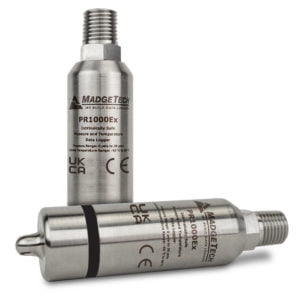Welcome to the Intrinsically Safe Store, your one-stop-shop for all things related to intrinsically safe (IS) equipment. We are dedicated to providing you with the most up-to-date and comprehensive information on IS systems. Today, we delve into the fascinating world of feedback mechanisms in intrinsically safe control systems. We invite you to explore our website for more insights and to contact us for any inquiries.
Understanding Intrinsically Safe Control Systems
Intrinsically safe control systems are designed to prevent ignition of flammable substances in hazardous environments. They achieve this by limiting the energy (electrical and thermal) available for ignition. Industries such as oil and gas, mining, and chemical processing commonly use these systems where explosive atmospheres may exist.
The Role of Feedback Mechanisms
Feedback mechanisms are integral to the operation of intrinsically safe control systems. They provide a way for the system to monitor and adjust its performance in real-time. This is crucial in maintaining safety in potentially explosive environments.
Types of Feedback Mechanisms
There are two main types of feedback mechanisms used in IS control systems: positive and negative feedback.
- Positive Feedback: This mechanism amplifies system output, leading to the rapid escalation of processes. It is less common in IS systems due to the potential for runaway reactions.
- Negative Feedback: This mechanism reduces system output, stabilizing the system and ensuring it operates within safe parameters. It is the most common feedback mechanism in IS systems.
Case Study: Feedback Mechanisms in Action
A practical example of a feedback mechanism in an IS control system is the temperature control in a chemical reactor. The system uses a temperature sensor to monitor the reactor’s temperature. If the temperature exceeds a set limit, the system triggers a cooling mechanism to bring the temperature down, demonstrating negative feedback in action.

Importance of Feedback Mechanisms in IS Control Systems
Feedback mechanisms are vital in IS control systems for several reasons:
- Safety: They ensure the system operates within safe parameters, preventing potentially catastrophic incidents.
- Efficiency: They allow the system to adjust its performance in real-time, optimizing energy use and process efficiency.
- Reliability: They enable the system to self-correct, reducing the need for manual intervention and increasing system reliability.
The Vital Role of Feedback Mechanisms in Intrinsically Safe Control Systems
Feedback mechanisms play a crucial role in intrinsically safe control systems, ensuring safety, efficiency, and reliability. They allow the system to monitor and adjust its performance in real-time, preventing potentially catastrophic incidents in hazardous environments. We cannot overstate the importance of these mechanisms as we continue to push the boundaries of technology and safety.
At the Intrinsically Safe Store, we commit ourselves to provide you with the most reliable and safe equipment for your needs. We invite you to explore our website and contact us for any inquiries. Your safety is our priority.


